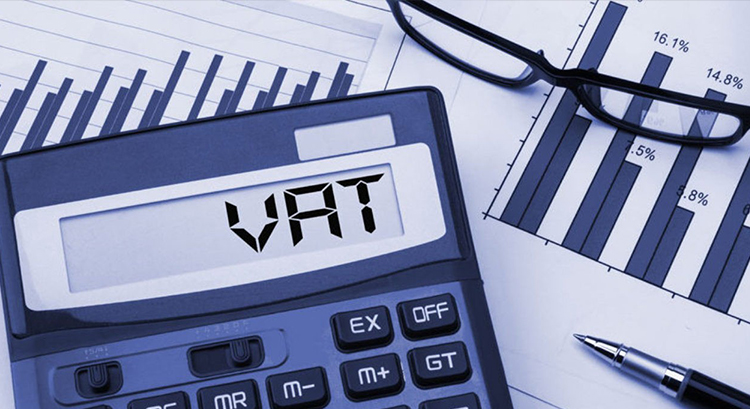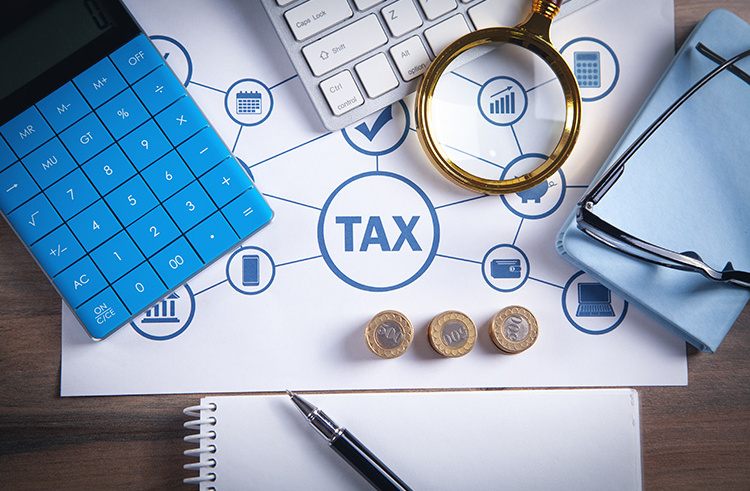Within the framework of UAE VAT, whenever goods or services are supplied in a currency other than the UAE Dirham, they must be converted into UAE Dirhams. This is especially relevant for businesses involved in exporting goods or services and issuing invoices in a different currency, such as the US dollar ($).
The essential question to address is which exchange rate should be utilized in the VAT Invoice.
**What Exchange Rate to Use in the VAT Invoice?**
The amount specified on the tax invoice should be converted to UAE Dirhams based on the exchange rate officially sanctioned by the UAE Central Bank on the date of the supply. The Central Bank commenced publishing exchange rates on May 17th, 2018.
For instance, if an invoice was issued on September 15th, 2018, for the supply of goods valued at $2,500, the exchange rate used in the VAT invoice should be the one approved and published by the UAE Central Bank. Let’s assume that the exchange rate published by the UAE Central Bank on September 15th was AED 3.672500. Therefore, the US dollar should be converted into UAE Dirhams at a rate of 3.672500, resulting in a total amount of AED 9,181.25.
Click here to view the exchange rate published by the UAE Central Bank.
**What Exchange Rate to Use in the VAT Invoice Before May 17th, 2018?**
The Central Bank began publishing exchange rates from May 17th, 2018, onward. Consequently, invoices issued from that date can utilize the exchange rate published by the UAE Central Bank. The concern arises regarding invoices issued prior to May 17th, 2018, when the Central Bank had not yet published exchange rates.
For these invoices, which have already been recorded and converted to UAE Dirhams using exchange rates from various other sources (due to the absence of Central Bank rates), should businesses revise these invoices considering the current exchange rates published by the UAE Central Bank?
The answer is ‘No.’
For any tax invoices issued in a foreign currency prior to May 17th, 2018, and converted to UAE Dirhams using a reliable exchange rate source, there is no need to revise the invoice, provided that the same source has been consistently used. Here are some trustworthy sources for exchange rate information:
– Thomson Reuters
– Oanda
– Exchange rate data provided by a bank in the UAE
Historical exchange rates prior to May 17th, 2018, can be found on the UAE Central Bank’s website. As previously mentioned, there is no requirement for businesses to reissue historical tax invoices that were issued before May 17th, 2018, to reflect the Central Bank’s exchange rate, as long as a reliable source with consistent usage was employed.
In cases where a tax invoice is issued after May 17th, 2018, but the date of supply was before that date, businesses should use the historical rates as published by the Central Bank.
**Decimal Precision**
Businesses must use the exact exchange rate as published by the UAE Central Bank, including the same number of decimal places. For example, if the exchange rate for US Dollars is published as AED 3.672500, the full exchange rate should be used for tax invoice purposes. Rounding off the exchange rate to fewer decimal places, such as AED 3.7, is not permitted.
**Time of Publication**
The UAE Central Bank updates exchange rates on its website each day, typically after 6 PM, to cover the rate applicable for that day. When a tax invoice is issued prior to 6 PM on a given day, it is acceptable to use the exchange rate published on the UAE Central Bank website at the time the tax invoice is generated, which corresponds to the rate for the preceding day.
You can also register VAT Registration in our website:
https://www.vat-registration-uae.com/




